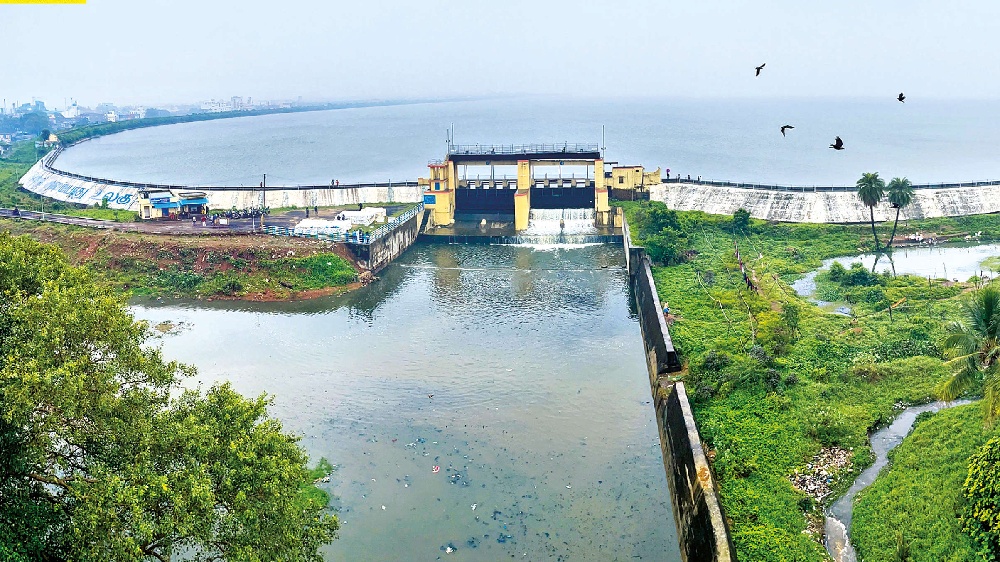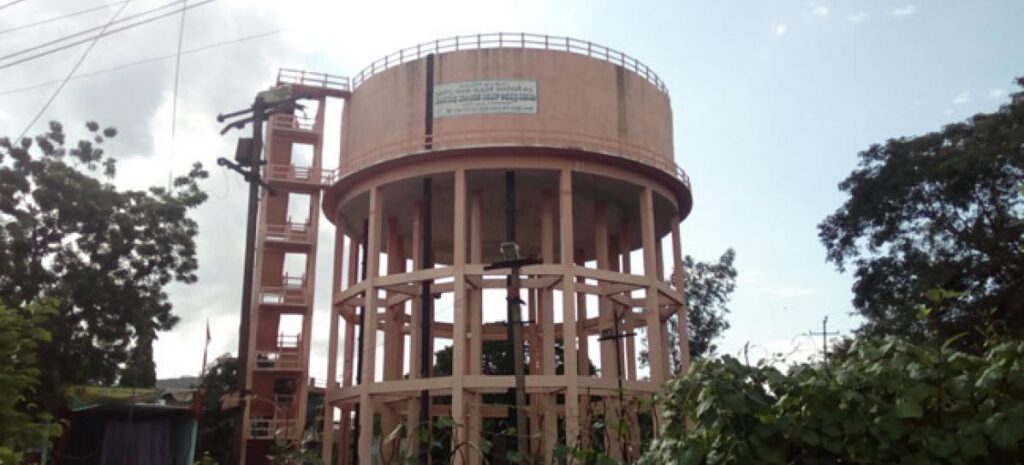
Introduction
Water scarcity remains a pressing challenge in many rural areas of India. Traditional water management methods often fall short, leaving villages struggling with limited access to clean water. However, innovative water storage solutions are emerging as game-changers, transforming rural communities and improving livelihoods. This article highlights successful case studies of such solutions that have made a significant impact.
1. The Check Dam Revolution in Tamil Nadu
In Tamil Nadu, the traditional method of constructing check dams has proven remarkably effective in addressing water scarcity. The state has implemented thousands of check dams, which are small barriers built across streams to capture and store rainwater. These structures slow down the flow of water, allowing it to percolate into the ground and recharge the local aquifers.
A notable example is the village of Nallur in the Dharmapuri district. Here, a series of check dams have not only enhanced groundwater levels but also boosted agricultural productivity. Farmers in Nallur have reported a significant increase in crop yields, thanks to the improved water availability. The success of this approach has inspired neighboring villages to adopt similar strategies, demonstrating the broader applicability of check dams in arid and semi-arid regions.
2. Rooftop Rainwater Harvesting in Rajasthan
Rajasthan, with its arid climate, faces severe water shortages. In response, innovative rooftop rainwater harvesting systems have been introduced to capture and store rainwater from rooftops. One exemplary project is in the village of Bhimlat in the Bhilwara district. Here, the installation of rooftop rainwater harvesting systems has transformed the water landscape.
These systems involve collecting rainwater from rooftops and channeling it into storage tanks. In Bhimlat, this approach has significantly improved the availability of drinking water and reduced the dependence on distant water sources. The harvested rainwater is also used for irrigation, thus enhancing agricultural productivity. The success of this project has prompted other villages in Rajasthan to adopt similar systems, leading to widespread improvements in water security.
3. Subsurface Water Storage in Gujarat
Gujarat has pioneered the use of subsurface water storage techniques to tackle water scarcity. One innovative method is the use of underground check dams, also known as “subsurface dams.” These structures are built underground to capture and store rainwater, which then percolates into the surrounding soil, replenishing groundwater reserves.
The village of Jambudi in the Kutch district serves as a successful example of this approach. Here, the construction of subsurface dams has led to a noticeable increase in groundwater levels, which has improved the availability of water for both drinking and irrigation purposes. The implementation of subsurface water storage has enabled Jambudi to overcome seasonal water shortages and support sustainable agriculture.

4. Community-Led Water Storage Initiatives in Maharashtra
In Maharashtra, community-led water storage initiatives have made a significant impact. The village of Peth in the Nashik district has successfully implemented a community-based water storage system that includes the construction of a series of interconnected ponds and reservoirs.
The project was driven by local residents who recognized the need for a more sustainable water management solution. By working together, the community built and maintained these water storage structures, which now serve as a critical resource for both drinking water and agricultural use. The collaborative approach has strengthened social bonds within the village and empowered residents to take charge of their water resources.
5. Plastic Bottle Water Storage in Uttar Pradesh
In Uttar Pradesh, an innovative approach using plastic bottles for water storage has gained traction. In the village of Barabanki, local entrepreneurs have developed a system to use recycled plastic bottles as small-scale water storage units. These bottles are filled with rainwater and stored in a shaded area to keep the water cool and clean.
This low-cost solution has been particularly effective in providing drinking water during the dry season. It has also created a new avenue for local employment, as residents are involved in the collection and distribution of plastic bottles. The success of this initiative in Barabanki has encouraged other villages in Uttar Pradesh to explore similar methods for managing their water resources.
Conclusion
These case studies illustrate the diverse and innovative approaches to water storage that have transformed rural communities across India. From traditional check dams and rooftop rainwater harvesting to subsurface water storage and community-led initiatives, each project demonstrates how creative solutions can address the unique water challenges faced by different regions. By adopting and scaling these successful models, India can make significant strides toward improving water security and fostering sustainable development in its rural areas.


